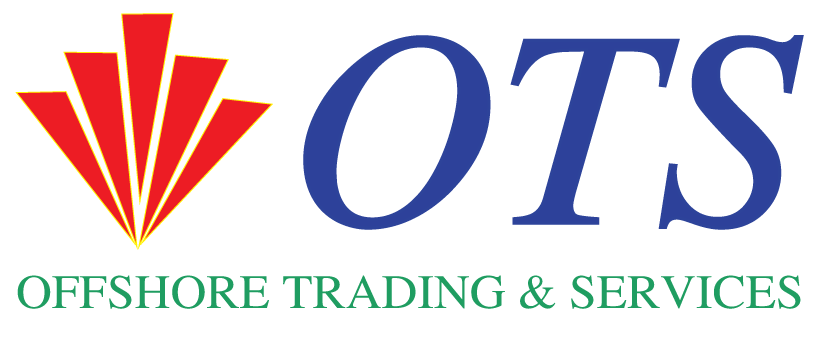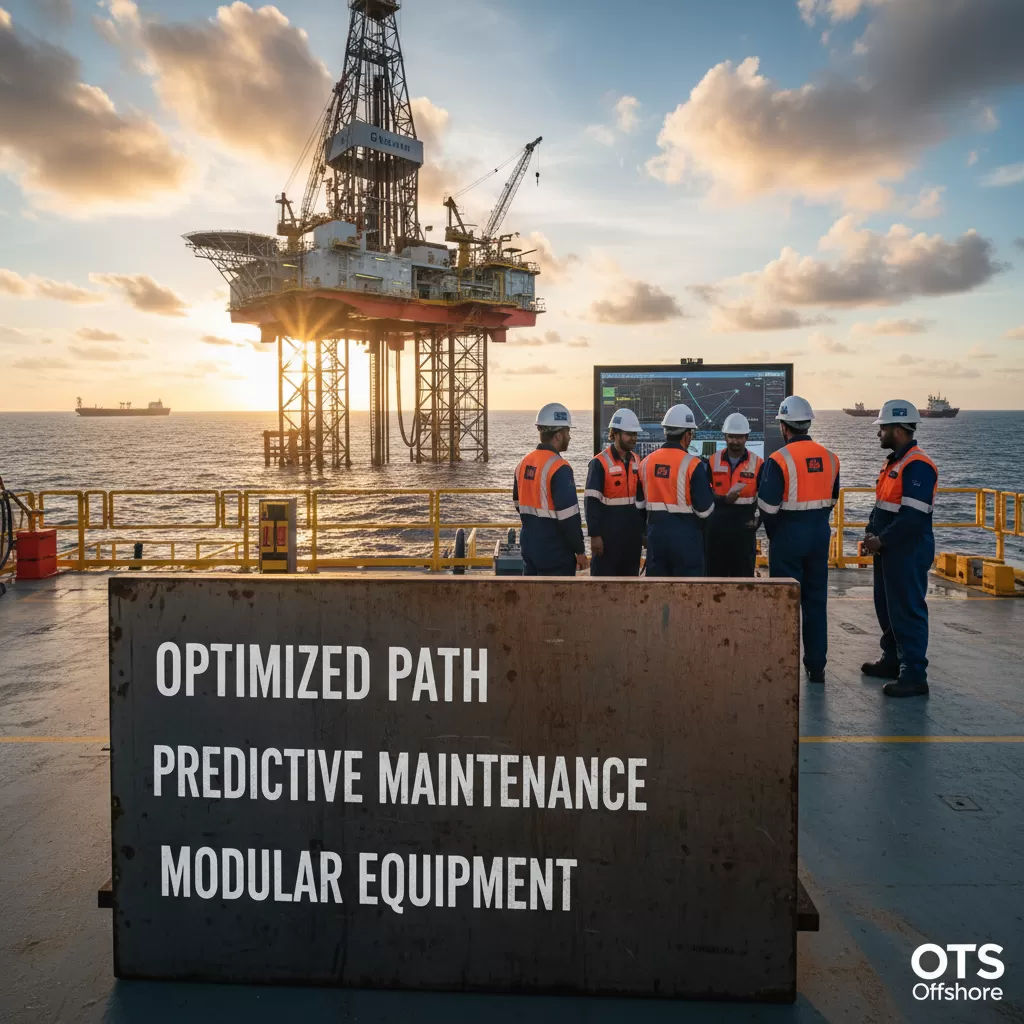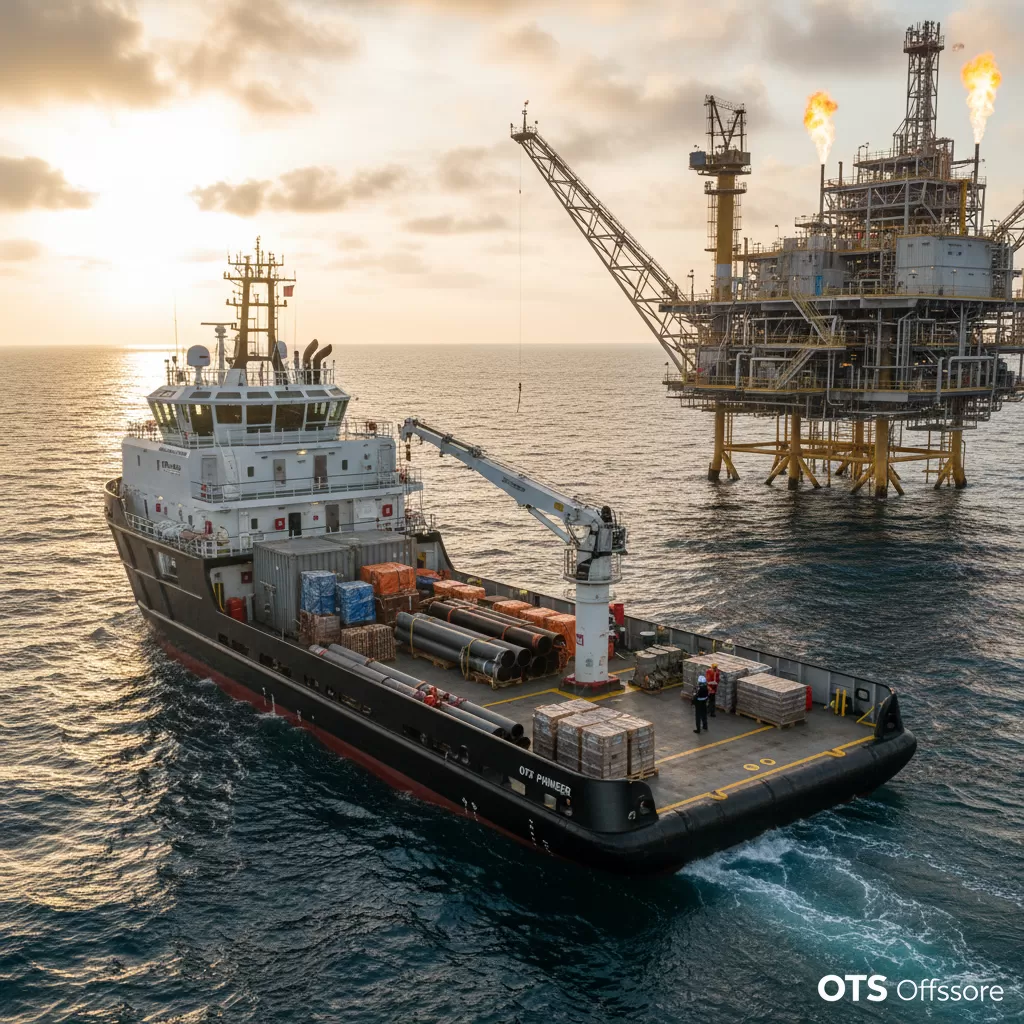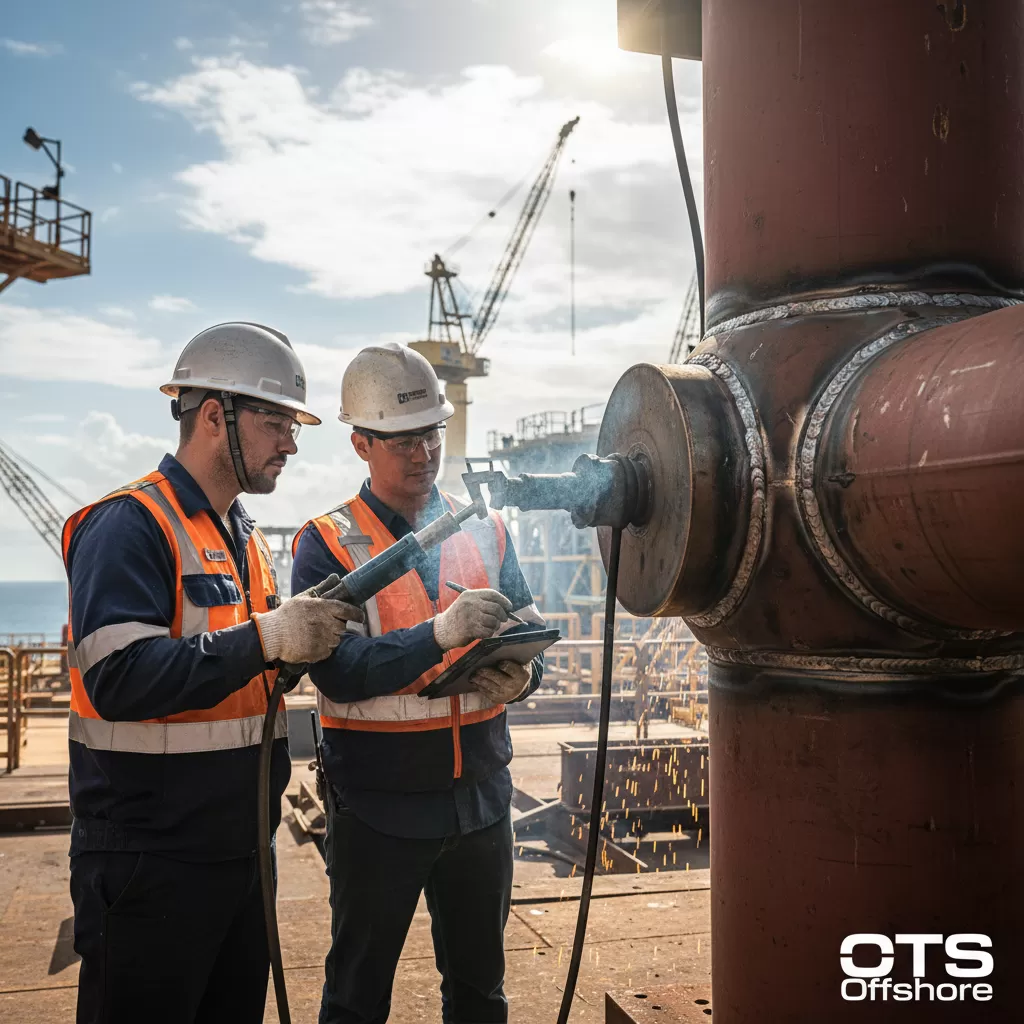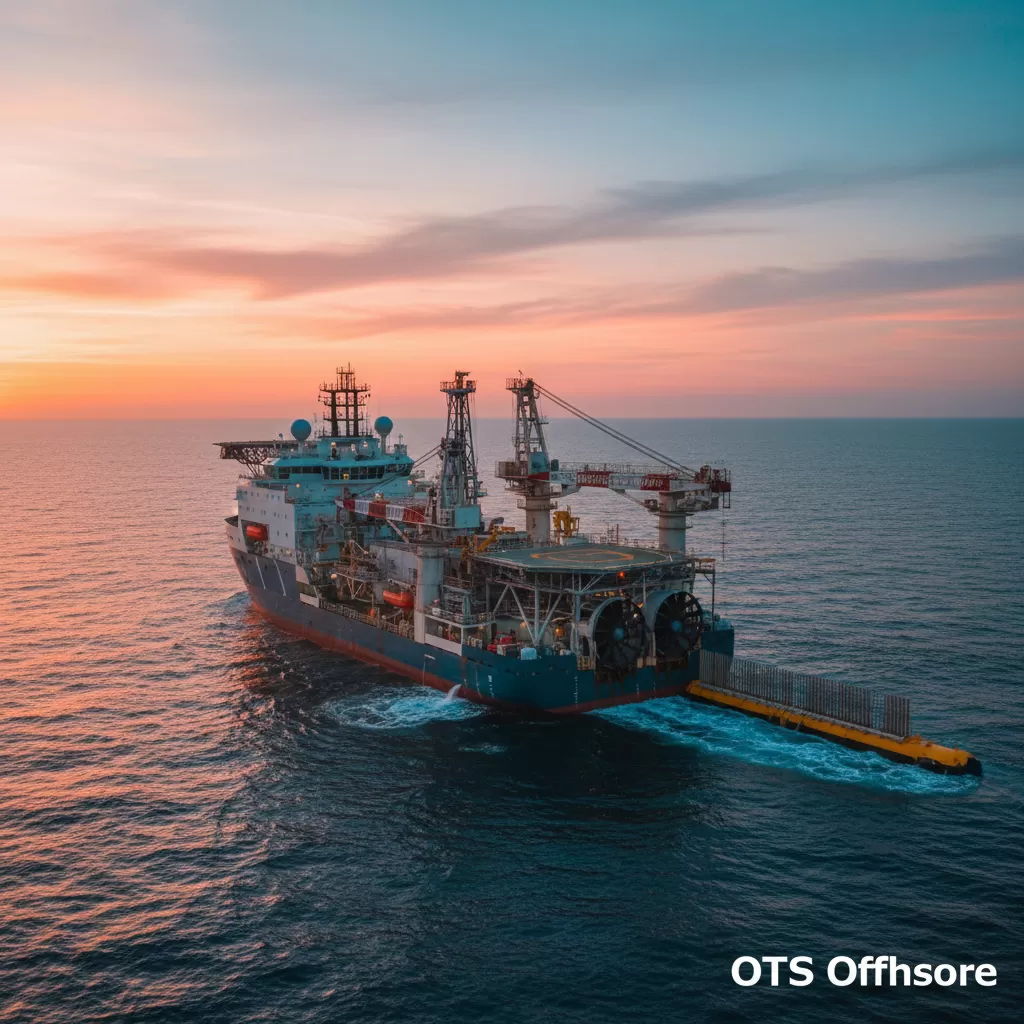Choosing the right drilling rig type is a critical decision in oil and gas exploration, directly impacting project economics, safety, and operational efficiency. This article delves into the main technical issues that operators must meticulously consider to ensure optimal rig selection for diverse geological formations and environmental conditions, from deepwater challenges to onshore unconventional plays.
Main Technical Issues in Drilling Rig Type Selection
The selection of a drilling rig is a complex undertaking, fraught with numerous Main Technical Issues that can significantly influence the success and profitability of an upstream project. These challenges stem from the inherent complexities of subsurface geology, the demanding operational environments, and the constant drive for cost-efficiency and enhanced safety. Understanding these Main Technical Issues upfront is paramount for minimizing risks, optimizing performance, and ultimately achieving project objectives. This comprehensive examination will explore the multifaceted aspects that shape drilling rig selection, offering insights into the critical decision-making processes involved.
Geological Considerations: Navigating Subsurface Complexities
– Formation characteristics: The lithology, strength, and stability of subsurface formations dictate the type of drilling rig required. Hard, abrasive rock formations necessitate robust drill string components and higher torque capabilities, often favoring land rigs with powerful top drives and heavy-duty mud systems. Conversely, unconsolidated or fractured formations in some offshore environments might require specialized riser systems and dynamic positioning capabilities to maintain wellbore integrity and prevent formation damage.
– Pore pressure and fracture gradients: Predicting and managing variations in pore pressure and fracture gradients is a fundamental challenge. Rigs must be equipped with adequate hoisting capacity and blowout prevention (BOP) systems to handle potential overpressure events. The ability to rapidly circulate drilling fluid and manage wellbore stability under varying pressure regimes is directly tied to the rig’s pumping capacity and fluid management systems.
– Reservoir depth and complexity: Deeper reservoirs demand rigs with greater hoisting capacity and extended reach drilling capabilities. Complex reservoir geometries, including deviated or horizontal wells, require advanced directional drilling tools and highly maneuverable rig systems. The ability to deploy and retrieve long, heavy drill strings safely and efficiently is a key differentiator.
– Presence of H2S and CO2: Environments with high concentrations of hydrogen sulfide (H2S) or carbon dioxide (CO2) necessitate specialized equipment and stringent safety protocols. Rigs operating in such conditions must feature corrosion-resistant materials, advanced gas detection systems, and robust well control equipment to mitigate the significant safety hazards associated with these sour gas components.

Environmental and Operational Constraints: Adapting to Diverse Settings
– Water depth and metocean conditions: For offshore operations, water depth is a primary determinant of rig type. Shallow water operations might be suitable for jack-up rigs, while ultra-deepwater exploration often necessitates semi-submersibles or drillships equipped with dynamic positioning systems. Metocean conditions, including wave height, current velocity, and wind speed, significantly impact rig stability and operational window, influencing the choice between fixed platforms, semi-submersibles, or floating units with advanced motion compensation systems.
– Location accessibility and logistics: The accessibility of the drilling site is a crucial factor. Remote onshore locations may require specialized modular rigs that can be transported and assembled efficiently. Offshore, logistical support for crew changes, supply of materials, and waste management is critical and influences the choice of rig type, particularly for extended drilling campaigns.
– Regulatory and environmental compliance: Adherence to stringent environmental regulations and safety standards is non-negotiable. Rig selection must consider emissions controls, waste management capabilities, and spill prevention measures to meet the requirements of different jurisdictions and minimize environmental impact.
– Ice conditions and arctic operations: Operating in arctic environments presents unique challenges. Rigs deployed in these regions must be designed to withstand extreme cold, ice loads, and potentially moving ice floes. Ice-strengthened hulls and advanced station-keeping systems are essential for the safety and operational continuity of drilling operations in polar regions.
Rig Type Specifics: Matching Capabilities to Project Needs
– Land Rigs:
– Conventional truck-mounted and trailer-mounted rigs: Ideal for shallow to medium-depth wells in accessible onshore locations. They offer mobility and relatively quick setup times.
-┕ Sliding-drilling rigs: Provide increased vertical reach and more efficient drilling in challenging onshore formations.
-┕ Walking rigs: Offer enhanced mobility across a lease, allowing for efficient drilling of multiple horizontal wells from a single pad.
– Offshore Rigs:
– Jack-up rigs: Suitable for shallow to moderate water depths, offering a stable platform directly supported by the seabed.
-┕ Semi-submersible rigs: Provide greater stability in rough seas and can operate in deeper waters than jack-ups. Their submerged hull design reduces the impact of surface waves.
-┕ Drillships: Offer the highest mobility and capability for ultra-deepwater exploration. Their ability to dynamically position allows them to remain on location without being anchored.
-┕ Tender-assisted drilling rigs: Combine a semi-submersible or barge tender with a platform, offering cost efficiencies for certain field development scenarios.
– Specialised Rigs:
-┕ Coiled tubing units: Used for smaller diameter wells, well intervention, and horizontal drilling in certain applications.
-┕ Workover rigs: Designed for maintaining and repairing existing wells rather than drilling new ones.
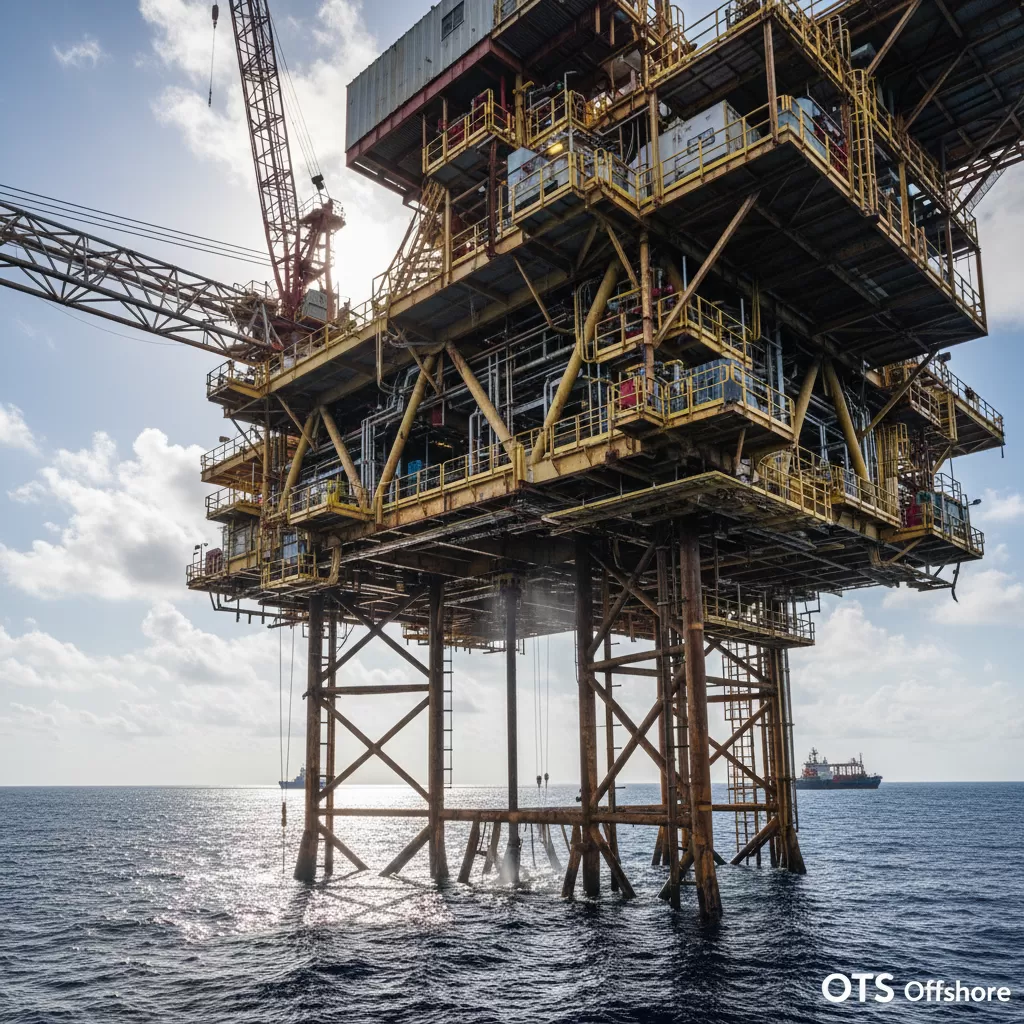
Drilling Parameters and Performance: Ensuring Efficient Well Construction
– Hook load and hoisting capacity: The weight of the drill string, casing, and other downhole equipment dictates the required hook load capacity of the rig. Deeper wells and larger diameter holes necessitate rigs with higher hoisting capabilities.
– Power generation and distribution: Adequate power is essential for all drilling operations, including hoisting, rotating the drill string, and operating mud pumps and auxiliary equipment. The rig’s power generation system must be sized to meet peak demand and provide reliable power for continuous operation.
– Mud system capacity and capabilities: The drilling fluid system plays a crucial role in hole cleaning, wellbore stability, and formation cooling. The rig’s mud pumps, tanks, and solids control equipment must be adequately sized and configured to handle the specific drilling fluid requirements and expected volumes of cuttings.
– Top drive vs. rotary table: Top drives offer increased efficiency, safety, and extended reach drilling capabilities compared to traditional rotary tables, particularly in deep wells and horizontal drilling applications.
– Well control equipment (BOPs): The selection of Blowout Preventers (BOPs) is critical for well safety. The size, pressure rating, and configuration of BOP stacks must be appropriate for the anticipated wellbore pressures and the rig’s operating environment. Redundancy and reliability of BOP control systems are paramount.
Safety and Environmental Considerations: Prioritizing Responsible Operations
– Personnel safety systems: Rig selection must prioritize the implementation of robust safety management systems, including emergency response plans, hazard identification and mitigation protocols, and appropriate personal protective equipment (PPE).
– Environmental impact mitigation: Minimizing the environmental footprint of drilling operations is a key concern. This includes managing drilling waste, preventing spills, and reducing emissions. The rig’s design and operational procedures should align with best practices for environmental stewardship.
– Emergency preparedness and response: The rig must be equipped with comprehensive emergency response systems, including firefighting equipment, life-saving appliances, and communication systems. Regular drills and training are essential to ensure personnel are prepared to handle emergencies effectively.
– Regulatory compliance and reporting: Adherence to all applicable local, national, and international regulations governing drilling operations is mandatory. This includes maintaining accurate records, submitting required reports, and undergoing regular inspections.
Cost-Effectiveness and Economic Viability: Balancing Performance and Budget
– Daily operating costs: The daily charter rate of a rig is a significant factor, but it must be considered in conjunction with other operational costs, such as fuel consumption, crew costs, and logistics.
– Mobilization and demobilization expenses: The cost and time required to move a rig to and from the drilling location can be substantial, particularly for offshore units. This needs to be factored into the overall project economics.
– Drilling efficiency and time savings: A rig that can drill wells faster and more efficiently can lead to significant cost savings, even if its daily rate is higher. This is where the technical capabilities of the rig directly translate into economic benefits.
– Spare parts and maintenance availability: The availability of spare parts and qualified maintenance personnel can impact rig uptime and operational costs. Rigs operating in remote locations may require more extensive on-site spare parts inventory.
– Project duration and future flexibility: The anticipated duration of the drilling campaign and the potential for future work in different locations can influence the choice between owned assets versus leased rigs, and the type of rig that offers the greatest flexibility.
The Main Technical Issues in drilling rig type selection are intricate and interconnected. A thorough understanding of geological formations, environmental conditions, rig capabilities, and economic factors is essential for making informed decisions. The industry continues to innovate, developing more advanced and efficient drilling rigs to tackle increasingly challenging reservoirs and environments, always with a keen eye on safety and environmental responsibility.
